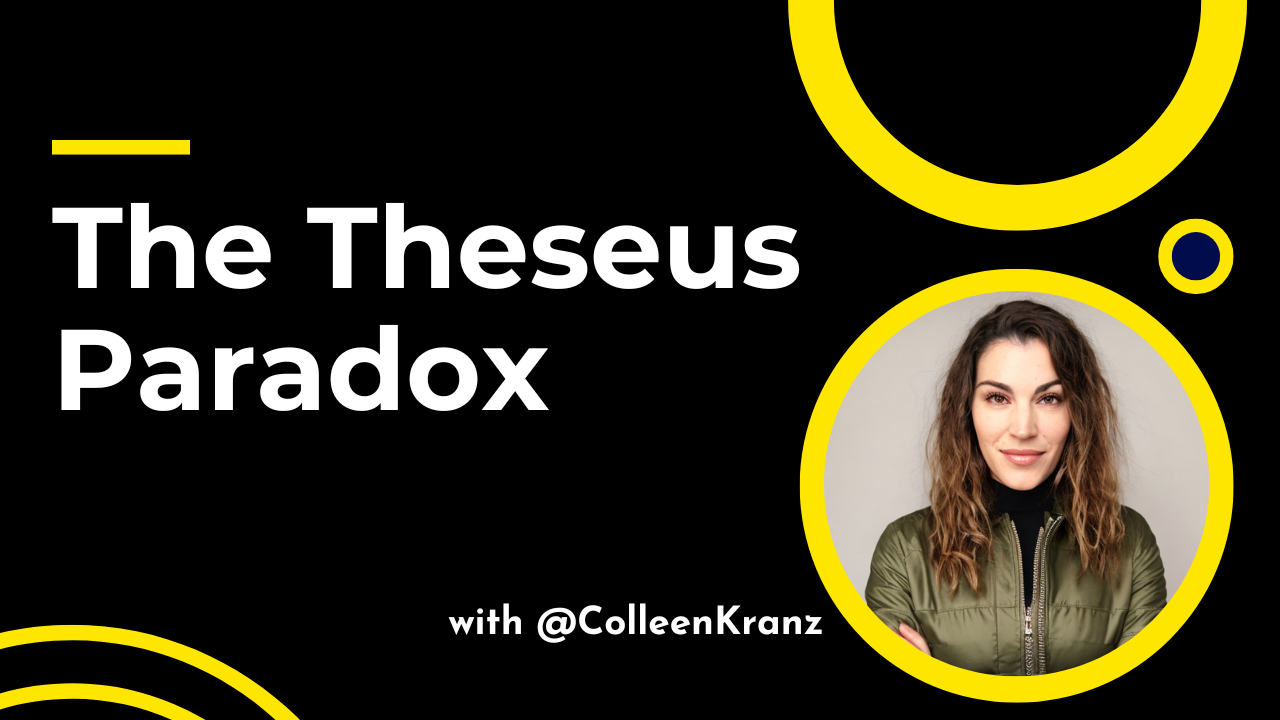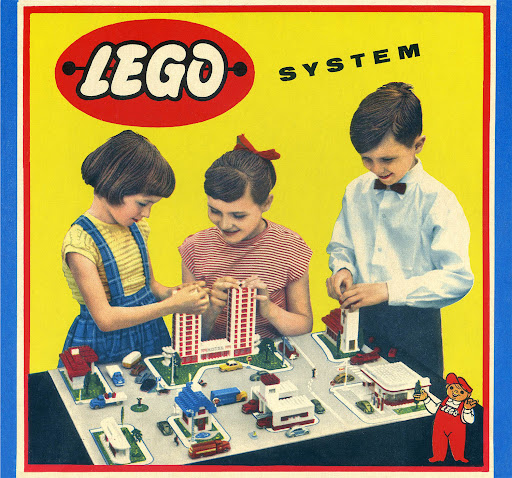
GNT #113: The Theseus Paradox
Mar 27, 2025read time: 3.5 minutes
It’s called the Theseus Paradox.
An ancient Greek story that raises a deceptively simple question:
If a ship has all its parts gradually replaced - planks, oars, sails, the mast - is it still the same ship?

image cred: By Ship by Yosemite
For centuries, philosophers have debated it. At what point does a thing stop being that thing? When half of it is replaced? Eighty percent? All but one nail?
This is the reality every leader, entrepreneur, and brand builder faces.
Your business will change.
Products and services evolve. Teams turn over. Strategies shift. The market forces your hand.
But what keeps your business recognizable, trusted, and thriving, even as everything around it transforms?
It's not in the planks. It’s the idea that holds them together.
The strongest businesses don’t survive because of what they sell - they survive because of what they stand for.
Today, we’ll break down 3 elements that ensure your business remains strong, even as it evolves.
Let’s dig in.
Why some brands survive and others fade
The strongest businesses aren’t just a collection of products or people.
They have a core identity that doesn’t change.

image cred: TheTeam.blog
My favorite example of this is Apple. Think of the first Mac, the first iPhone, and even Steve Jobs himself. They were all planks that changed.
But, Apple's core identity is based on making powerful technology simple and beautiful.
That's why every Apple store, product launch, and ad campaign still feels like Apple, even though the details are always evolving.
If you want a business that’s not just relevant today but still growing in 10 years, you have to build with that kind of clarity.
3 elements that keep your business strong (even as it evolves)
1. Define the plank that never changes
What’s the one thing about your business that should stay the same, no matter how much you grow?
Businesses that last know exactly what they stand for, no matter how their products, services, or leadership change.

image cred: Lego.com
Look at Lego. Over the years, they’ve introduced new sets, expanded into movies, and built theme parks. But one thing has never changed:
"Lego fuels creativity through hands-on play."
That’s why a Lego set from the 1980s and a Lego set today still feel like Lego. Their products evolve, but their core idea remains.
Action Step:
Identify the one purpose that defines your brand beyond any product or campaign. If everything changed tomorrow, what would still be true?
Read more: GNT #39: 5 simple questions to find your business purpose
2. Anchor your culture so it outlasts any single team member
Your team will change. Your leadership may change.
But culture keeps a company recognizable, no matter who’s at the helm.

The Ritz-Carlton understands this better than most. Their experience is at the heart of what makes them different and recognizable.
Their hotels are in 30+ countries. Their employees come and go. Yet the experience stays the same.
How is this possible?
Every employee is trained and is encouraged to make choices by the above credo and this simple phrase:
“We are Ladies and Gentlemen serving Ladies and Gentlemen.”
They embed this into every part of the organization, and all employees are empowered to uphold an elite level of service.
When culture is intentional, it shapes how people act, make decisions, and solve problems.
Action Step:
Define three behaviors that reflect your company’s culture. This is an important exercise even for very small businesses or solos. Make it a part of your process, review it daily, and let it be a guiding light when making decisions. Culture isn’t just what you say, it’s what you reinforce every day.
Read more: GNT #085: Defining Core Values Can Change Your Life
3. Commit to a message that people can share
If your brand message isn’t clear, customers won’t remember it.
And if customers can’t remember it, they won’t recommend it.

Patagonia expanded beyond clothing into repair programs and sustainability initiatives. But their message has always been:
“We’re in business to save our home planet.”
It’s simple. It’s clear. It’s bigger than just jackets and backpacks.
It's why people buy from them.
Action Step:
Craft a brand message in six words or less. Test it with customers. If it’s complex or forgettable, refine it. The simpler it is, the stronger it will be.
Read more: GNT #105: 3 Unexpected Choices to Build a Winning Business
Takeaway
Your business will evolve.
Your products will change.
Your team will grow.
But if you want to build something that lasts, you need clarity.
Here’s where to start:
- Define the plank that never changes: Identify what makes your business your business.
- Anchor your culture so it outlasts any team member: Reinforce behaviors and values that create consistency.
- Commit to a message that people can share: Make your brand’s story so clear that customers spread it for you.
Your business isn’t just a collection of parts - it’s an idea worth protecting.
Here’s to building something that lasts. 🚢
See you next week.
If you enjoyed this newsletter, forward it to someone now.
Whenever you're ready, there are 3 ways I can help you:
1. Need some team training and a plan to achieve purpose-driven growth? Let me lead a custom workshop for you. [Contact me here]
2. Want me to come speak at your event or meeting about one of my content topics? [Contact me here]
3. Want short, but meaty tips on growth systems for profit, purpose, and a meaningful life? [Follow me on LinkedIn]
If you were forwarded this, sign up to receive it each week here. It’s free. I never spam.
To read my full library of newsletters, click here.
Build purpose-driven growth and audience
Join other subscribers who get 1 actionable tip every Thursday morning.
I will never sell your information, for any reason.

